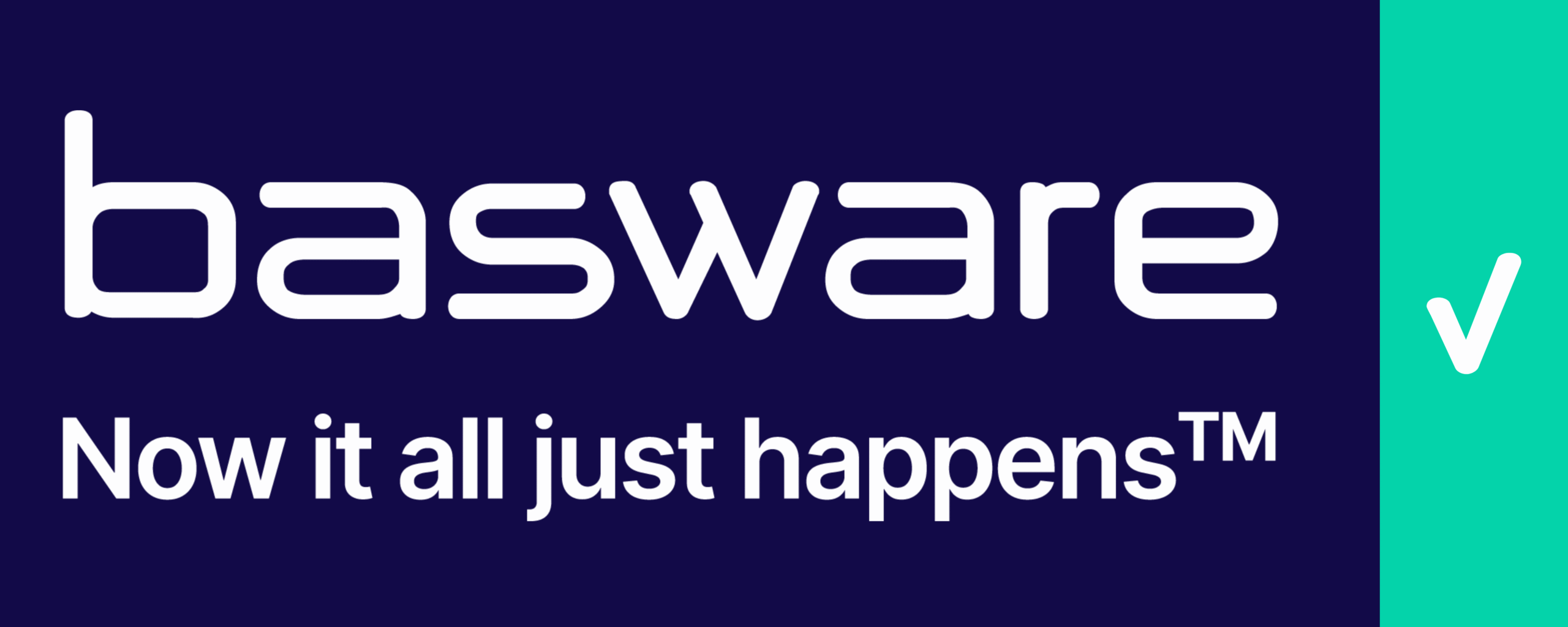- Invoicing has seen significant progression in the digital age, with traditional paper-based invoices being replaced by electronic or e-invoices.
- Different types of e-invoices are available depending on the country where business is conducted. Electronic invoices are of three types: structured, unstructured, and hybrid formats.
- Different countries may have specific standards or format requirements for e-invoicing compliance.
- Several legitimate format types for electronic invoices are accepted, and the specific formats accepted may vary depending on the country, industry, and requirements of the receiving party.
- Government regulations and compliance requirements for e-invoicing vary across different countries and jurisdictions, and understanding and adhering to these regulations is crucial for businesses to avoid penalties and maintain compliance.
Source Storecove
Latest Posts in "World"
- The Essential Guide to e-Invoicing for Tax Professionals
- VATupdate Newsletter Week 50 2025
- Unifying Disconnected Invoice Processes: How Invoice Lifecycle Management Transforms AP Efficiency and Compliance
- Compendium of Customs Valuation Texts – Edition 2025
- Basware on YouTube – Compliance without the boring bits – Episode 5















